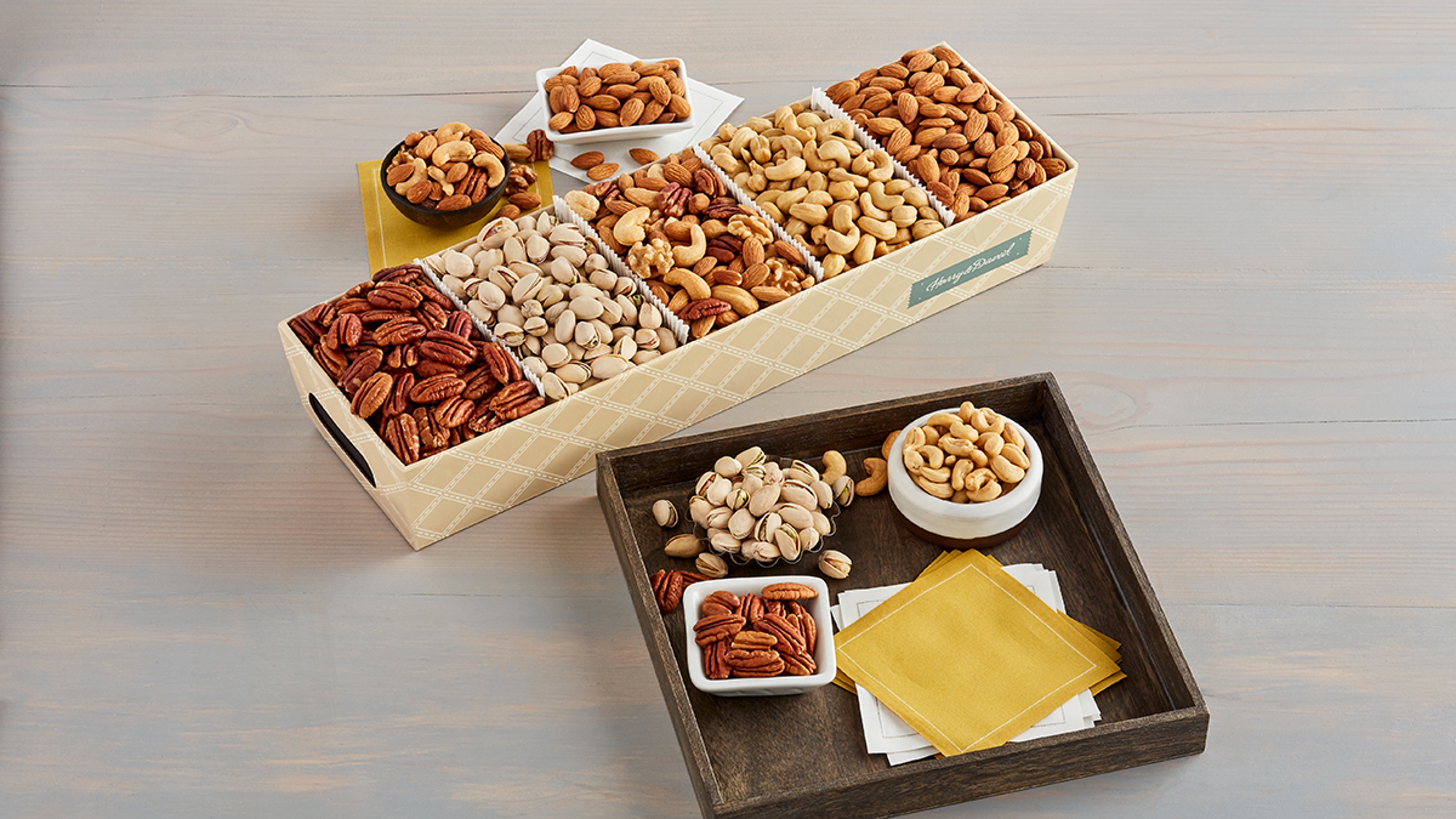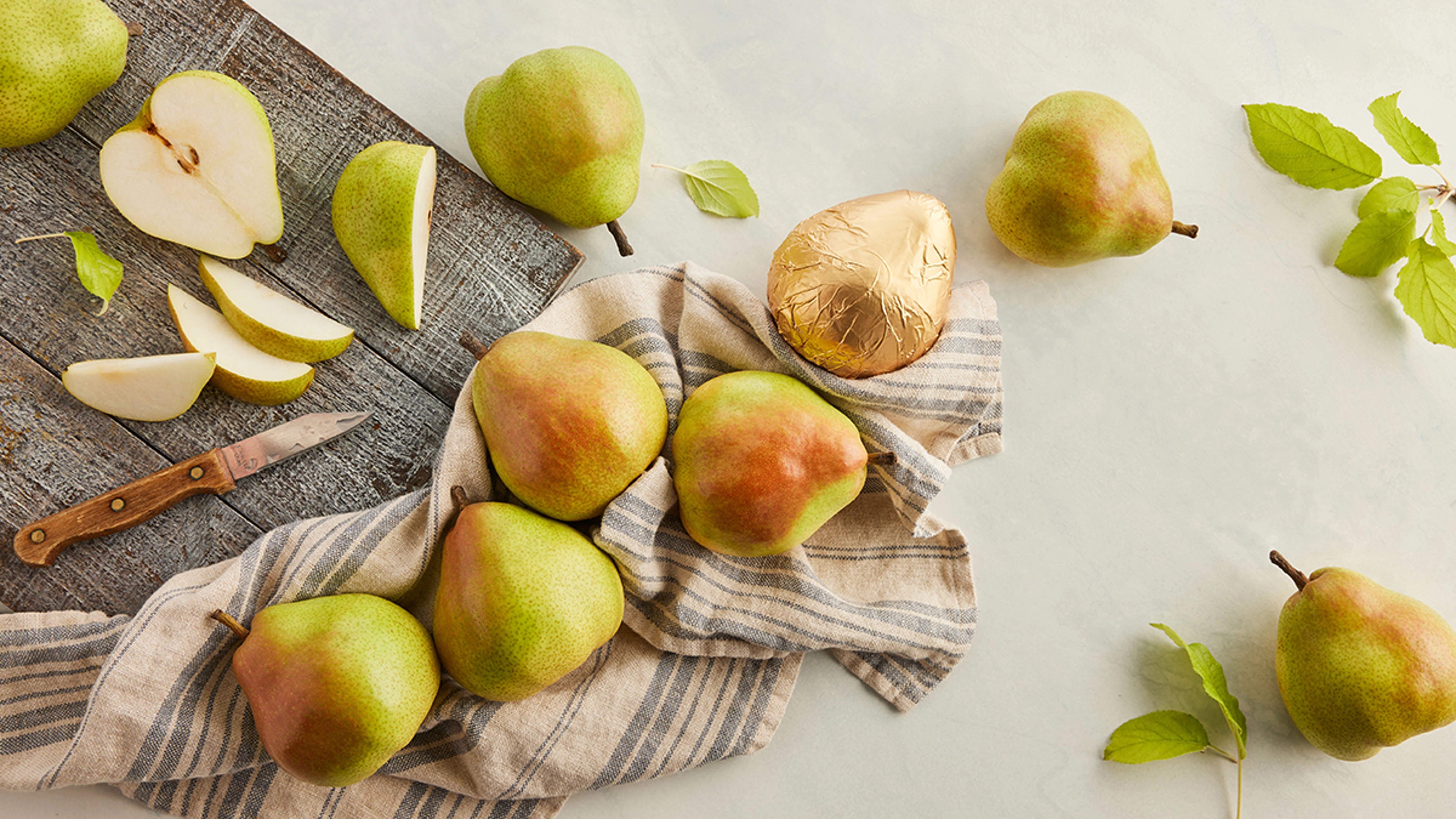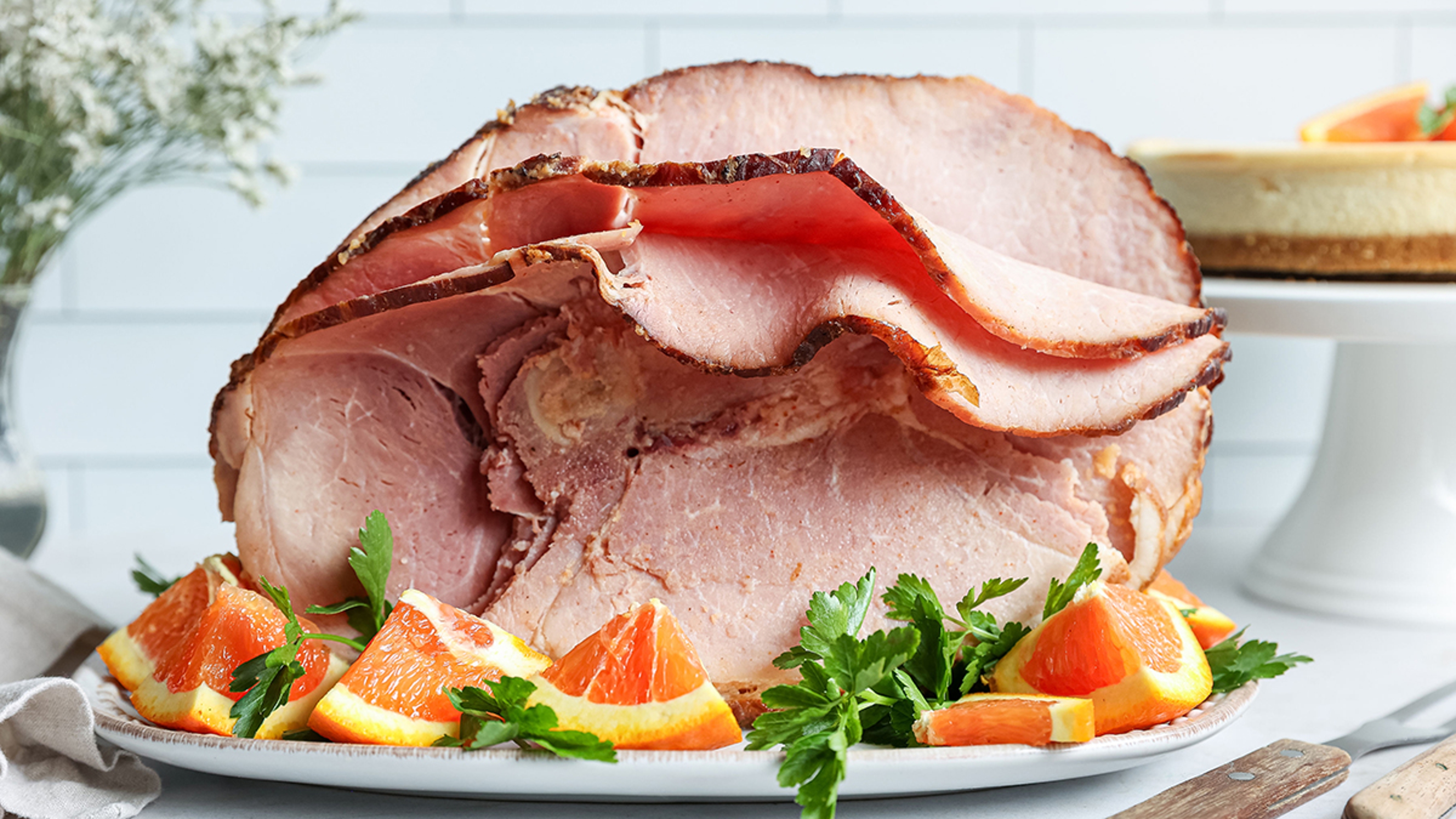In the animal world, our outdoor friends have developed countless ways to store away their bounty of nuts for the winter. Squirrels practice what is called “scatter hoarding” and bury nuts individually, one by one, all over the landscape. Chipmunks and most varieties of mice are more like regular “hoarders,” preferring to stash their nuts in nests or underground tunnels. And some varieties of birds create virtual “granaries,” storing their excess nuts in tree holes, in crevices, or even wedged between bits of bark that they’ll return to later when jonesing for a snack.
As for us humans, we definitely have it easier. We don’t have to forage for our nuts — we can just pick them up at the grocery store or have them delivered. But what to do with those nuts once you’ve got them inside your front door? If you’re squirreling them away (ahem) in the cupboard or pantry like a box of cereal or bag of chips, stop — you’re just employing the same primitive storage strategy as all those animals. Luckily, there is a better way!
READ MORE: How to Stock a Pantry

The first step to freshness
The standard nut aisle at any retailer is filled with choices. Peanuts. Almonds. Cashews. Hazelnuts. Pecans. Walnuts. Pistachios. The list goes on. In addition to the sheer variety of nuts available, you can also opt for ones that have been dry roasted, blanched, salted, candy coated, smoked, and even toasted with a delicious glaze of honey and spices. (Despite the name, even “raw” nuts sold in the United States are pasteurized before hitting store shelves to keep them safe from potential contaminants.)
All those various preparations — from roasting to smoking to candy glazing — are designed to do more than just make nuts even more delicious, according to Maureen Ternus, R.D., executive director of the nonprofit International Tree Nut Council Nutrition Research & Education Foundation. They also aid in the preservation process and help extend the shelf life of the nuts considerably.
With this head start in preservation in place, Ternus says, keeping track of just how long your nuts should last is easier than ever.
“Regardless of the type of nut or how it has been prepared,” she says, “our general rule is that any nut you buy should be able to be stored safely for up to a year without any loss in flavor or quality.”
The caveat? Those nuts can’t be sitting out Mother Nature-style at room temperature. Instead, they need to be stored away in either your refrigerator or freezer. Although you might not think keeping nuts cool was essential, Ternus explains that the fridge and freezer actually provide ideal storage conditions for nuts of all types, helping to maximize both their flavor and freshness.
“It’s the ideal way to store nuts,” she says, “and a technique that most people don’t know they should be using.”
Keeping it cool
Nuts are filled with delicious — and healthy — natural fats. That’s one big reason they’re so good for us. It’s also what makes them so darn tasty. But those fats are also why nuts keep better when stored in a cool environment compared to at room temp.
When fats are exposed to warmer temperatures, they start to break down and oxidize more quickly — the first step in nuts turning stale and then rancid. Cool fats, on the other hand, age more slowly and gracefully, helping nuts have the longest shelf life possible, Ternus explains.
Fun fact: Lower-fat nuts, such as almonds, walnuts, and pistachios, can generally be stored longer overall, whereas macadamia nuts, pine nuts, cashews, and Brazil nuts — all of which are naturally fattier — will turn rancid more quickly. In general, chopped or slivered nuts also tend to spoil faster than whole nuts because of their smaller surface area. Similarly, nuts that have been shelled also spoil faster than nuts that are still in their shell, again, because they have more exposure to the air.
“We always tell people that they can expect their nuts to keep for around six months in the fridge and up to a year in the freezer,” Ternus adds. “For maximum freshness, make sure that your refrigerator is set to at least 40 degrees Fahrenheit or colder, and that your freezer is set to 0 or less.”
Cold storage done right
In addition to letting nuts sit out at room temperature, the other big mistake most people make, according to our expert, is storing their nuts in the packaging they bought them in — especially once they’ve been opened.
“Nuts keep best in air-tight containers,” she explains. “If you’re buying nuts in bulk, or if you’ve already opened a bag, I always tell people to just throw the nuts into a Ziploc bag instead of leaving them in the bag they came in.”
In the fridge, you can also store nuts in a large glass mason jar with a lid, which is great for locking air out and keeping nuts nice and fresh. Your goal in either case is to seal out excess air and moisture, and reduce exposure to heat and light — all of which cause nuts to break down and spoil faster.
As for nuts you store in the freezer, Ternus also has a favorite time-saving hack. She advises pre-measuring your nuts into small single-serving bags, essentially making your own “grab-and-go” snack pack. Then, place the individual baggies into a second larger zippered bag to provide another layer of moisture and air-blocking protection.
“It’s one extra step,” she says, “but it’s worth it, especially if you want to make sure you’re getting optimal freshness in every bite.”
Great advice! Just don’t tell the squirrels…
.svg?q=70&width=384&auto=webp)











